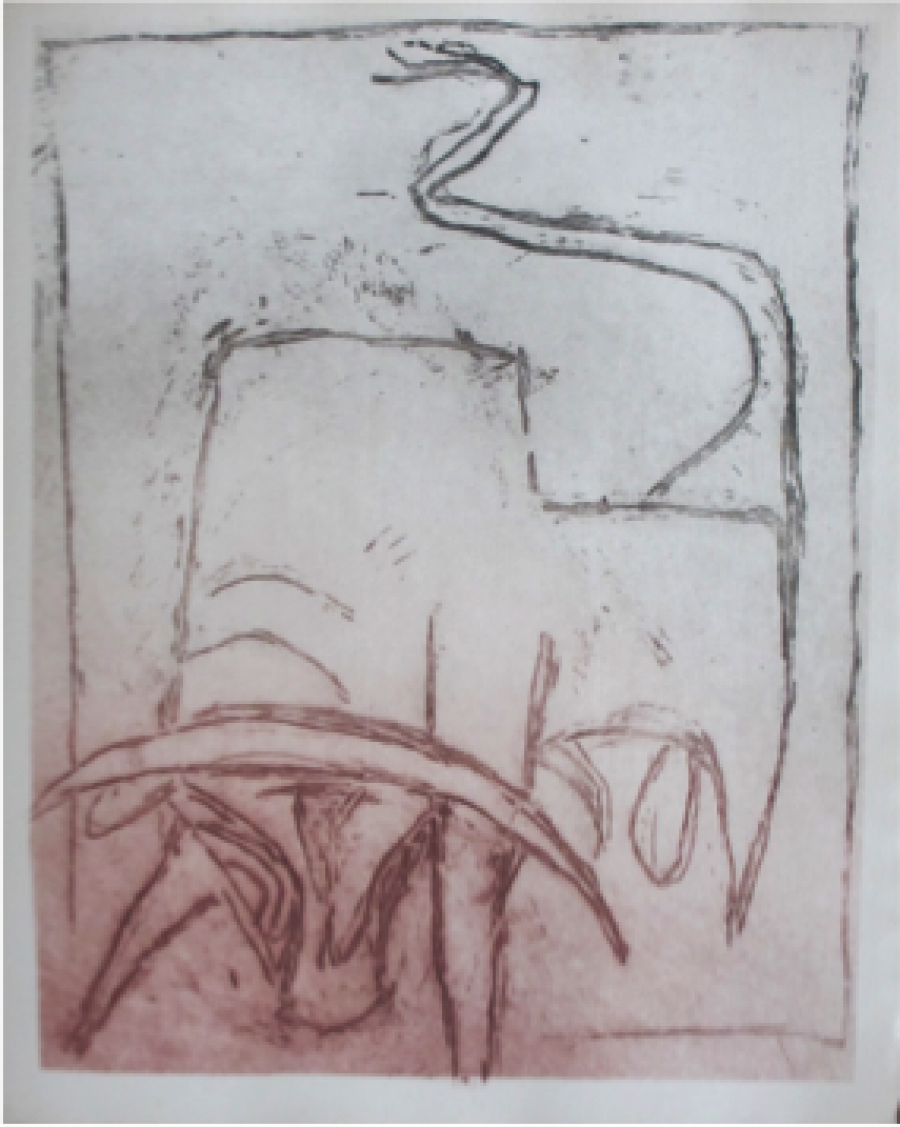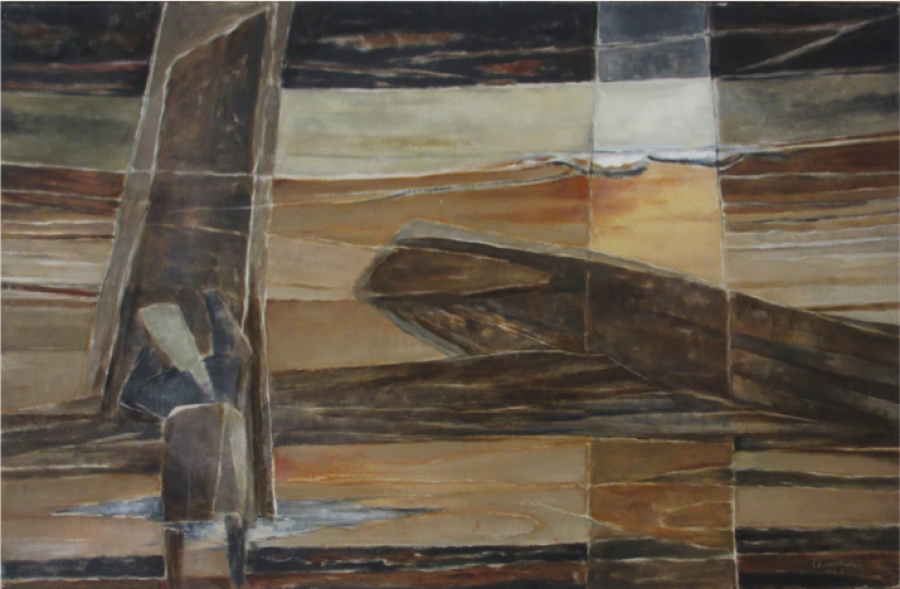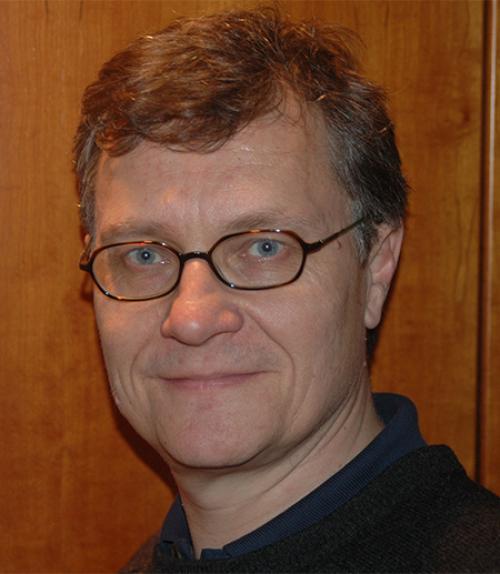The effort to promote that element in the general culture of the student body which comes from literature, ancient and modern, gained especial strength from a source usually unpromising—the mathematical department. Two professors highly gifted in this field exercised a wide and ennobling influence outside it. First of these was Evan William Evans, who had been known to me at Yale as not only one of the best scholar in the class of 1851 but also one of its two foremost writers. Later, he developed a passion for modern literature, and his influence was strongly felt in behalf of the humanities. His successor was James Oliver, a graduate of Harvard, a genius in his chosen field, but always exercising a large influence in virtue of his broad, tolerant views of life which were promoted by a study of the best thoughts of the best thinkers of all times.1
As a proud member of the Cornell mathematics department—where we still celebrate the legacy of Evan W. Evans and James Oliver—I am delighted to follow their lead and recognize the essential role the Arts and Humanities have played in my personal and professional life. Thanks to the aspirations and efforts of its founders, Cornell is one of the leading institutions of higher education in the world. The Arts, the Humanities, and both theoretical and applied sciences, are all essential and complementary components of this ambitious enterprise. After all, our curiosity for the laws of the universe is obviously rooted in the never-ending questioning of the human soul.
"Taureau" - Etching and aquatint by Roger Chastel. Proof of an illustration for Le Bestiaire by Paul Eluard, Edition Maeght,1948
Dismissing any particular subject is always done at one’s own perils. My French education instilled in me a solid respect for the acquisition of all forms of knowledge and skills. Nevertheless, being not particularly gifted for learning languages, I put very little effort in my German and English classes. No one told me then that I would have to confess my lack of effort to my American wife and kids and to the Cornell community!
“Grenouille”. Colette “DE LA PATTE A L’AILE” Dessins de Roger Chastel. Edition Coréa, 1943
As Mathematics and Sciences did not require much effort from me early on, I invested most of my time and attention into the accelerating enterprise of theatre productions. Our group took this very seriously and this experience, which lasted three years, was one of the most fruitful of my entire education. I learned to stand and speak in front of an audience. I learned to manage the highs and lows that accompany most meaningful human endeavors. I learned to understand and respect group dynamics, to manage and embrace emotions, to share my ideas and listen to others, including in tense, difficult situations. And I shared with dear friends the transforming experience of attending outstanding shows and performances in the great city of Paris.
Roger Chastel, “La Veillé”, charcoal on paper
But what helped me most find and pursue my passion for mathematics is the example set for me, unknowingly, by my grandfather, the artist and painter Roger Chastel (1897-1981). Some of his drawings and painting accompany this essay. A charming self-effacing man, he lived his passion in the most sincere and faithful way. His delicate attentive manners and his wonderful talent were in sharp contrast with his constant and sometimes painful struggle with the demands and challenges of creating original art. How to fulfill one’s aspirations with one’s own limited skills?
At first, it was the craftsmanship, the efforts, the creativity and the dedication that impressed and inspired me most. But I came to realize that Chastel’s example was so important to me also because of significant commonalities between his and my research. His art was abstract but rooted in the real world, inspired equally by direct observations and by curiosity and imagination. His paintings aimed at understanding and capturing reality more deeply than a direct representation would allow, and abstraction played an essential role in his quest. Through carefully crafted details arranged together in a highly structured way, he captured light, fugitive moments and emotions. Through his example, I came to understand that in any creative activity, sincerity is paramount.
I wish Cornell University and its students many more centuries of engagement and leadership in the arts and the humanities.
Roger Chastel, “La cueillette des berniques”. Oil on canvas, 100x65 cm, 1956.
1Autobiography of Andrew Dickson White, Volume I, Chapter XXI, Difficulties and Dangers at Cornell—1868-1872, page 365.








